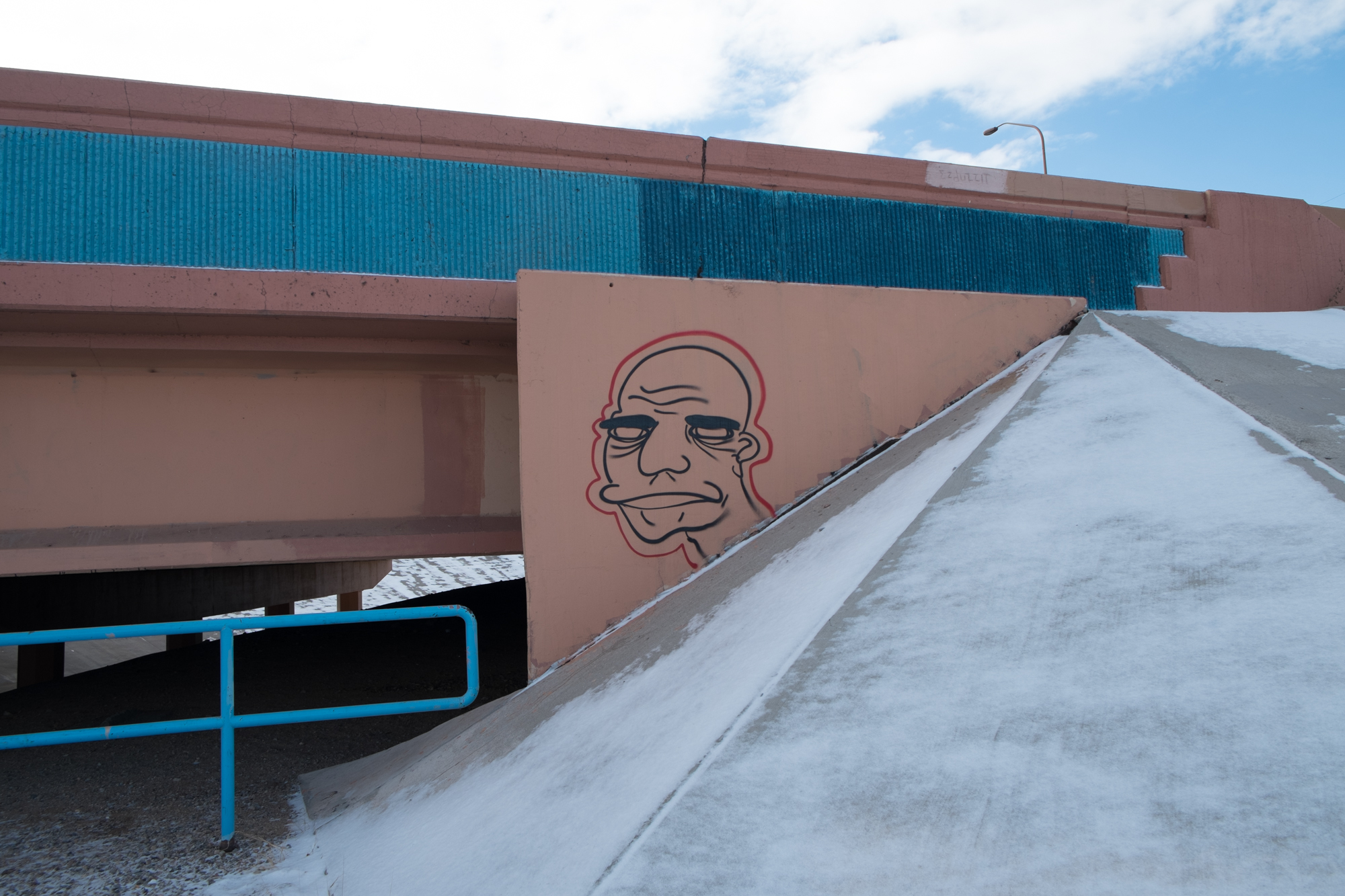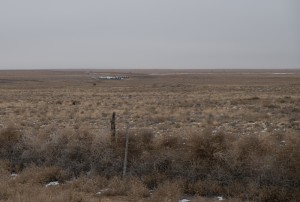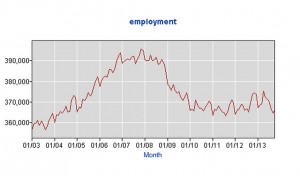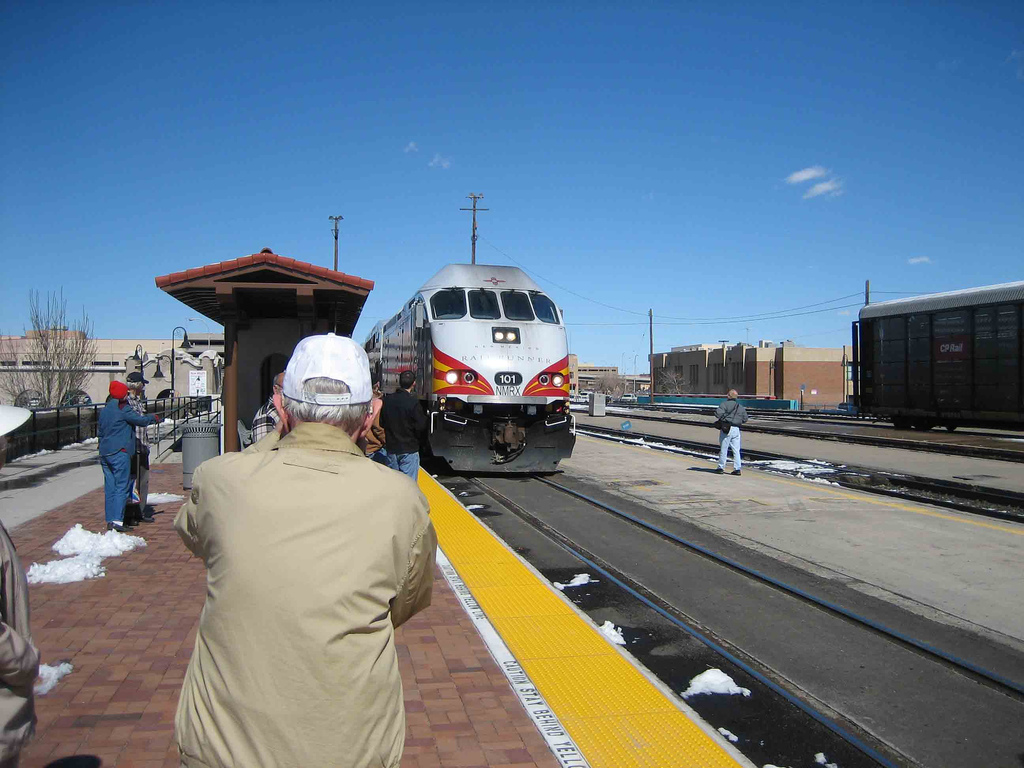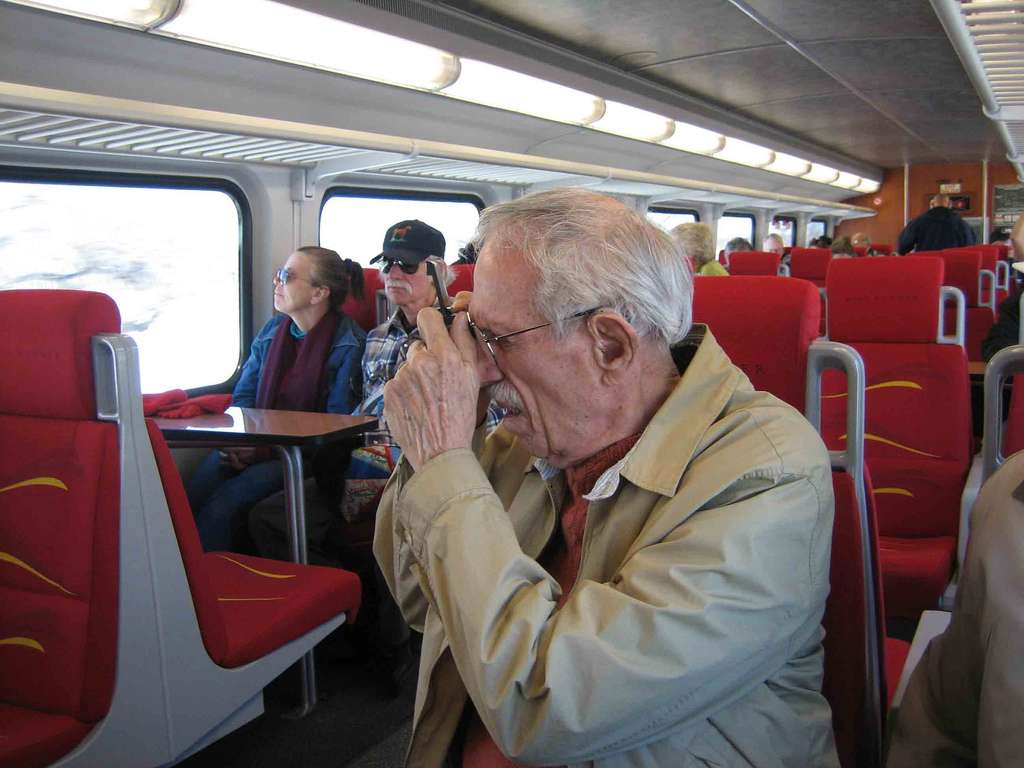I wrote a story in this morning’s newspaper about New Mexico’s efforts to revive its moribund state water planning process:
Ten years after New Mexico officials last took a stab at developing a state water plan, they are reviving their effort to calculate the gaps between New Mexico’s finite water supplies and the needs of a growing population. The goal, officials say, is a tool to help prioritize state projects and policies to deal with the gaps.
But criticisms have plagued the project from the outset, including the charge that the state’s top-down approach is bypassing the voices of local water users. Critics also claim a failure to consider the effects of climate change on the state’s water supplies will undercut the validity of the results.
Unsurprisingly, the part about climate change has been click bait. But that’s a subset of a more subtle question that I explored in a bloggy takeout this morning – the loading dock problem. Is the state’s process of formulating the numbers to be used in water planning cutting out communities’ expression of their own needs – simply dumping the numbers on the loading dock?


